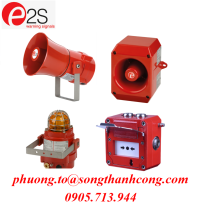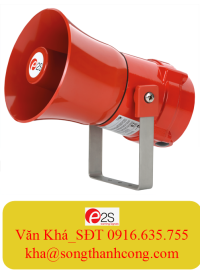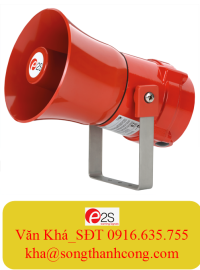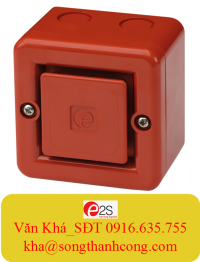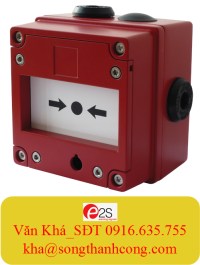Sound Pressure
Sound is defined as any pressure variation that can be heard by the human ear. This means an average range of frequencies from 20Hz to 20kHz.In terms of sound pressure level, audible sounds range from the threshold of hearing at 0 dB to the threshold of pain which can be over 130 dB.
Although an increase of 3 dB represents a doubling of the sound pressure, an increase of about 10 dB is required before the sound subjectively appears to be twice as loud. The smallest change we can hear is about 3 dB.
The subjective or perceived loudness of a sound is determined by several complex factors. One such factor is that the human ear is not equally sensitive at all frequencies. It is most sensitive to sounds between 2kHz and 5kHz, and less sensitive at higher and lower frequencies.
This difference in sensitivity to different frequencies is more pronounced at lower SPL’s than at high SPL’s. For example, a 50 Hz tone must be 15 dB higher than a 1 kHz tone at a level of 70 dB in order to give the same subjective loudness.
If a sound is of a short duration, that is, less than one second, it is termed an impulsive or impulse sound. Because of the short duration of such sounds, the ear is less sensitive perceiving it’s loudness. It is generally agreed that the perceived loudness of sounds shorter than 70 milliseconds is less than that of sounds of longer durations having the same level.
The ‘A’ weighting network weights a signal in a manner which approximates to an inverted equal loudness contour at low SPL’s, the ‘B’ network corresponds to a contour at medium SPL’s and the ‘C’ network to an equal loudness contour at high SPL’s. Nowadays the ‘A’ weighting network is the most widely used since the ‘B’ and ‘C’ weightings do not correlate well with subjective tests. One reason for this lack of correlation is because the equal loudness contours where based on experiments which used pure tones where most common sounds are in fact very complex signals.
Choose your application below to view suitable audible signals:
Hazardous area:
Fire & Industrial:
Wide area / disaster / mass notification:








 Mr Vương
Mr Vương live:.cid.d22573c25f91d309
live:.cid.d22573c25f91d309
